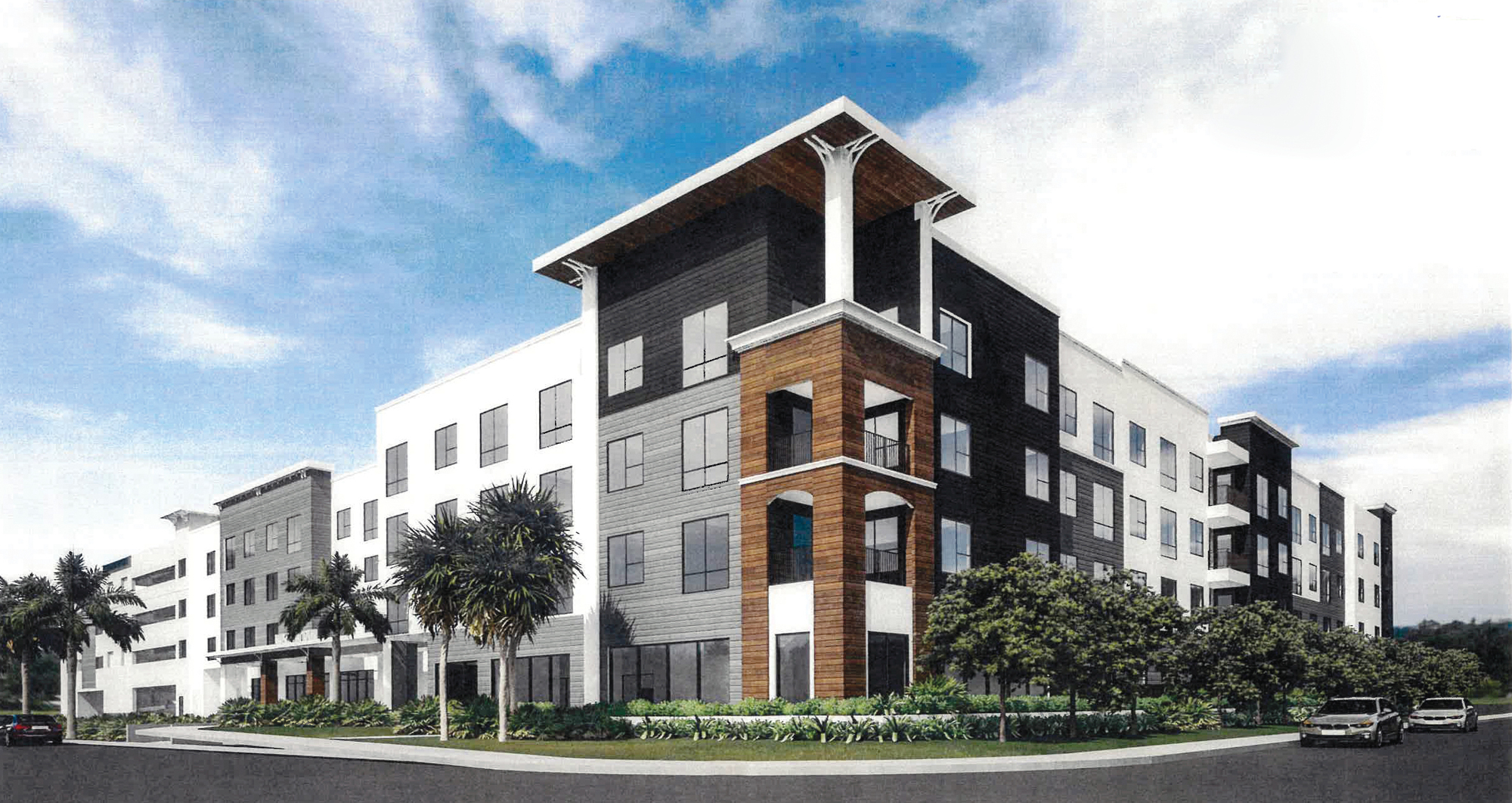- April 23, 2024
-
-
Loading

Loading

A countywide affordable housing committee said the city is making progress in adopting policies aimed at producing lower-cost residences, but there remains a collection of legislative changes to which officials should give serious consideration.
On Monday, the City Commission heard a presentation from Bill Russell, the chair of Sarasota’s Affordable Housing Advisory Committee and the president and CEO of the Sarasota Housing Authority.
As experts in the field have in the past, Russell emphasized the importance of pursuing a mix of policy strategies for addressing a shortage of affordable housing. The committee’s recommendations included eliminating procedural steps that lengthen the timeline for approving affordable housing projects and providing incentives for affordable housing projects in the form of increased height, increased density, reduced fees and cash subsidies.
Russell encouraged the city to explicitly promote the construction of affordable units in its policies, stating the housing market is not coming close to meeting the demand for affordable residences even when officials allow for taller or denser projects. After the city increased the maximum density in the Rosemary District from 25 units per acre to 75 units per acre, Russell said the new housing was still not priced at a rate affordable to residents earning below-average incomes.
“Without some government intervention, affordable housing just doesn’t happen,” Russell said.
Russell said the need for affordable housing was pronounced across the income spectrum. Russell said the housing authority has closed most of its waiting lists for subsidized units targeted at households earning less than 60% of the area median income because there’s already a yearslong wait for residences to open up. For households earning 60%-100% of area median income, Russell said there’s a different challenges because there are fewer government programs designed to provide housing for that demographic.
In addition to providing regulatory advantages for affordable projects, Russell encouraged the city to consider more direct support in the form of providing money or land to developers building affordable housing. The city is required by the state to maintain a list of surplus city-owned land that could be appropriate for affordable housing. Russell suggested the city should prioritize affordable housing on those properties when possible.
“Land is obviously at a premium, especially in the city — really, anywhere west of (Interstate) 75,” Russell said. “To the extent the city has available land, that’s just prime opportunity for affordable housing.”

The committee also suggested the city should seek to identify a way to provide recurring funding to its affordable housing fund. The city said it intends to do so through the county’s 1-cent sales tax, should voters authorize an extension in 2024.
City staff is in the process of considering changes to its development review procedures and to the zoning code in segments of the city that aren’t predominantly residential. Those changes could include recommendations related to housing affordability, staff indicated. The commission voted unanimously to transmit the recommendations to the state, with City Manager Marlon Brown pledging to bring back proposals acting on the committee’s list.
“I think we want staff to take a good hard look at what’s in here, implement it if possible, and then of course it’ll come back to us in the form of our zoning code amendments, which we’re working on,” Mayor Hagen Brody said.
This month, the city’s Charter Review Committee voted in favor of a separate recommendation after a contentious conversation related to housing affordability.
In a 5-3 vote at its Oct. 11 meeting, the committee supported a recommendation to remove provisions requiring a supermajority of four commissioners to approve certain comprehensive plan amendments. Under the committee’s recommendation, three commissioners would need to vote in favor of a comprehensive plan amendment that changes a property’s future land use designation or increases the maximum density, height or floor area ratio.
Committee member Philip DiMaria, a planner with Kimley-Horn, advanced the proposed change. He suggested a four-vote threshold represented an unnecessary barrier to changes that could be beneficial to the production of affordable housing.
“It’s hindered the city in the past, and it will continue to hinder the city,” he said. “I can’t help but think that a large part of the affordable housing crisis that we’re facing right now could have been mitigated if it wasn’t for these … particular clauses within the city charter.”
Although a majority of the committee supported the proposal, several voiced opposition. Committee member Eileen Normile expressed skepticism that greater flexibility on density and height would lead to improved housing affordability. She cited several of the city’s affordable housing incentives, which allow for some units priced for residents making 100%-120% of the area median income to qualify as affordable, as evidence the removal of regulatory hurdles alone might not translate to increased production.
“When it comes to affordable housing, I don’t think you can look at the comp plan for that because any time the City Commission has recently had an opportunity for affordable housing, they’ve put (the maximum income cap) at 120% AMI, which is market rate,” she said. “So even though they call it affordable housing, it’s not.”